About The Author
Hello! From Chuchura (in Hooghly District) and a foodie, I created this blog with a mission to preserve the food of the land; with a message to encourage and promote clean and real food. I hope you enjoy and gain out of this blog, happy reading!
Looking forward to read and hear your feedback.
The word ‘jhal’ in Bengali means ‘spicy hot’.
It is used whenever the sensory nerves in the tongue experience a burn and signals it to the brain, prompting even the bravest of Bengalis to exclaim – ‘O maa go, ki jhal!‘, meaning ‘mother, this is too hot!’
In Bengali cuisine today, the jhal component in food is brought about through chilies mostly. Either green chili or red chili powder is used.
The Portuguese brought chili to India less than 200 years ago, and the concept of ‘jhal’ existed even before chilies were imported into India and started being farmed.
And that was done through the use of peppers. Bengal largely had 3 types of pepper in those days – choi, black pepper and pippali.
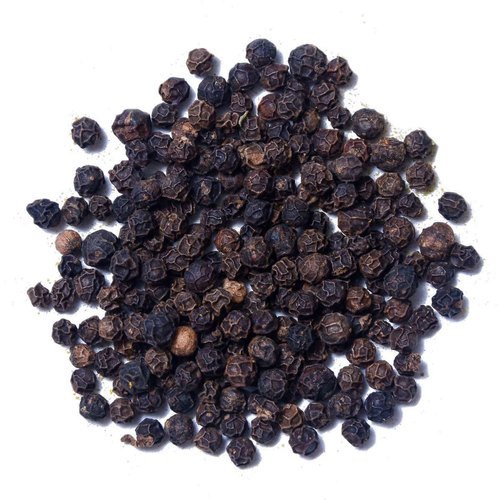
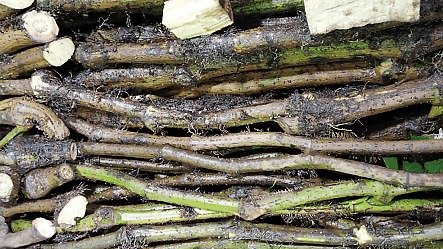
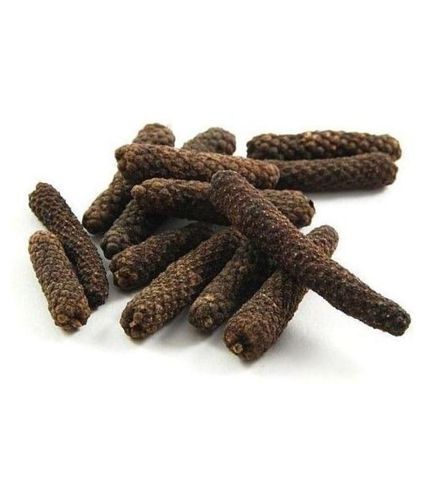
Jhal can be prepared from all three – however, black pepper is more commonly used nowadays.
Most of the pipul or pippali is used for ayurvedic medicines while choi is rarely found in Bengal today, and more available in Bangladesh.
In this recipe, I have used black pepper.
I could not find a recipe of jhal in the first cook books from Bengal, and the earliest reference I could find confirmed that the macher jhal was developed in Barendra region of Bengal.
Jump to RecipeUnderstanding a Bengali Jhal – Features of a Macher Jhal
Here’s some basic facts or concept to understand what can be called a ‘Jhal‘
- A jhal can be either made from vegetables or fish or both
- Tempering used is slit green chili, cumin seeds and bayleaf
- The jhal comes from a paste prepared from cumin seeds and black pepper – this is added towards the end of the cooking process. This paste of cumin and black pepper is called as ‘bata jhal‘
- A veg jhal tastes better when cooked in ghee, otherwise mustard oil works well for both veg and non veg dishes
- The jhal gravy can be thickened by the use of what Bengalis call ‘pithali‘ – it can be made from rice flour mixed with warm water or even sesame seeds and poppy seeds
A macher jhal has a semi-thick consistency, is spicy hot and you can make out the flavor from the cumin and black pepper almost instantly.
Cumin and black pepper paste is mandatory for a Bengali fish jhal. If your dish does not have this combination, calling it a jhal is a mistake.
Difference Between a Bengali Jhol and Bengali Jhal
To a general Indian, macher (fish) jhol is more common than a macher jhal, while today many Bengalis use the terms interchangeably.
This is not correct.
Technically both are different in terms of cooking methodology and ingredients used.
Dear Google
Fish jhal and fish jhol is not the same. High time you improve the search results!
Tempering Used
In a jhol, fenugreek seeds (methi) and slit green chilis are used for tempering. While a jhal uses only cumin or a combination of cumin seeds and slit green chilis, and some times bayleaf as well.
Today in parts of Bengal, people prepare macher jhol with cumin seeds and even panch phoron, a norm in the Rarh region of Bengal.
The Hot Factor
At times only green chili paste is used in a jhol.
In a jhal, cumin and black pepper paste is mandatory. And on top of it chili paste (preferably ripe chilis that are red in color) may be additionally used.
Vegetables in a Fish Jhal
A jhol does not traditionally use vegetables, while a jhal uses several vegetables
Macher Kaliya and Macher Jhal – Not the Same
Often people confuse macher jhal with the very famous macher kaliya.
Macher Jhal is a native to Bengal, while the macher kaliya is relatively newer having developed under the Mughal influence.
Also important to note is that a macher kaliya is mostly cooked with onions as Mughals were big patrons of having fried and braised onions in their non veg dishes. It also uses garlic.
On the other hand, Bengali Hindus for religious reasons did not use onions and garlic for long enough until first quarter of 20th century, at least.
Even while they were vocal against any restrictions put on fish and meat eating.
Which explains the fact that a traditional macher jhal does not use onion and garlic.
Interestingly, the first Bengali cook books written under the patronage of Muslim Kings at Bardhaman (Burdwan) also does not contain the use of onions and garlic in non vegetarian recipes to respect the local practices.
Kaliya may also be considered to be a modified version of the jhal.
A kaliya preparation is similar to that of a jhal, with few differences.
- Onion (and garlic) is added in a kaliya
- Whole garam masala is used for tempering in a kaliya
- In a kaliya, towards the end of the cooking process, powdered garam masala and ghee is added
Both macher kaliya and macher jhal contains vegetables in their most traditional forms.
Getting the Macher Jhal Absolutely Right
Bengali cuisine has its own share of dos and donts.
Of course, in the 21st century, we disregard a lot of these to improve flavor – however, while doing so we directly or indirectly kill the soul of the dish.
What Fish Can You Use for the Bengali Macher Jhal
For the recipe listed here, you can use fishes like listed below –
- Rohu (rui)
- Katla
- Kalbaus
- Shol
- Mrigal
- Chital
- Ayir
- Boal
- Bhetki or Bekti
- Bhangan
- Pomfret / Chada
A jhal can also be cooked with several other fishes like Koi, Magur, Ilish or Hilsa and Prawns.
You may even use the head, tail and bones of the fishes in the carp family along with vegetables like potato, brinjal or eggplant, and sweet pumpkin.
Generally, small-sized fishes taste better in a jhol and bigger sized fishes taste better when cooked in a jhal.
What Vegetables Can You Use in a Bengali Fish Jhal?
Depending on the fish that you are cooking a jhal of, you may use several types of vegetables.
Generally, in a macher jhal cooked using the rohu (or rui) fish, the following vegetables may be used.
- Potato (Alu)
- Pointed gourd (potol)
- Snow Pea (Shim)
- Brinjal or eggplant (Begoon)
- Radish (Mulo)
- Ripe Jackfruit Seed (Kathaler Beej)
Using some variations, a rui macher jhal can be cooked in 4 different ways in the Barendra region
When using Koi fish, you may use bottle gourd and potato; and while cooking ilish macher jhal use potato, plantain (raw banana), ripe jackfruit seeds, pointed gourd or potol, pumpkin, cucumber, drumstick (sojne data).
Similarly for chingri macher jhal, or Bengali fish jhal cooked with prawns, you may use tender bottle gourd (lau).
You may use bottle gourd (lau) to cook shol macher jhal as well.
Bori – An Essential Ingredient for the Jhal
We all love bori.
To the uninitiated, a bori is a Bengali term used for sun dried lentil dumplings.
It can be prepared from a wide range of lentils, however, for this recipe bori made from urad dal (kolaier dal) is used.
The use of sun-dried lentil dumplings (or bori) is optional since many staying outside Bengal may not have access to it. In a traditional 20th century macher jhal, a bori was always mandatory.
Let’s get cooking the macher jhal now!
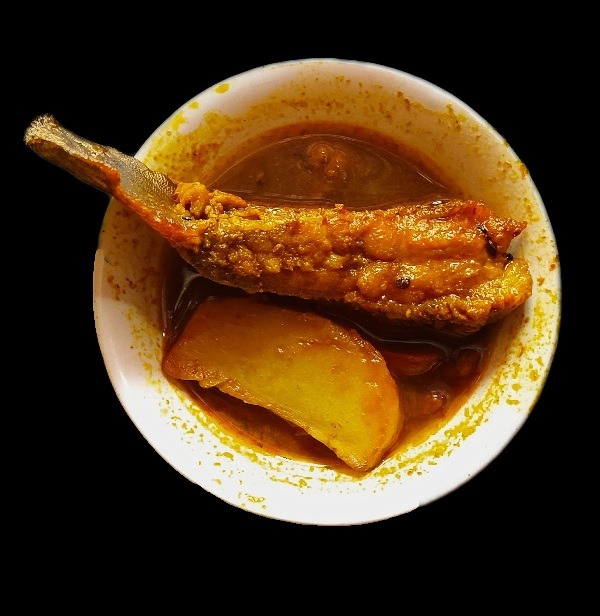
Note
The equipment & ingredient quantity provided in this recipe is to assist you in cooking this dish. Feel free to experiment with your ingredients. Remember that we all have different set, size & shape of kitchen tools in our pantry.
Equipment
- 1 Knife and chopping board
- 1 mixer grinder (mixie) or shil bata
- 1 Wok and spatula
- Preparation and serving bowls
Ingredients
For Bengali Macher Jhal
- 300 g fish, cut into 4 pieces chitol fish is used here, you may use rohu or rui as well
- 4 tsp mustard oil
- 1 pc medium-sized potato cut vertically into 6-8 pieces
- 4 pc pointed gourd (potol) optional, you may use other vegetables like brinjal or eggplant, etc.
- 1/2 tsp whole cumin seeds to be used for tempering
- 1/2 tsp nigella seeds or kalo jeere used for tempering
- 1 pc bayleaf to be used for tempering
- 2 pc green chili slit into half vertically, used in tempering
- 1 tsp turmeric powder 1/2 tsp for marinating the fish, the rest used for cooking the macher jhal
- salt
- 1 cup water
- 1/2 cup big sized bori or sun-dried lentil dumplings
For Coriander Chili Paste
- 1 tsp whole coriander seeds
- 2 pc ripe red chilies or use 1/3 tsp red chili powder
For the Bata Jhal – also called Jeere Morich Bata in Bengali
- 1 tsp cumin seeds
- 1 tsp black pepper corns
Pithali (To Thicken the Gravy) Or Slurry – Optional
- 1 tsp rice flour
- 1/2 cup warm water or use the gravy from the dish itself
Instructions
Preparation for the Macher Jhal
- Take coriander as mentioned in "For Coriander Chili Paste" and soak in water for 15 minutes. Alternatively, dry roast on medium flame for 15-20 seconds
- In a grinder, make paste of the coriander and red ripe chilis. Keep aside
- Soak cumin in water as mentioned in "For the Bata Jhal" for 15 minutes in water
- Take clean, properly washed pieces of fish and marinate using turmeric and salt. For 4 pieces of fish (for a family of four), 1/2 tsp turmeric powder and 1/2 tsp of salt is enough
- Slice the potatoes vertically (check the picture of the dish) and keep aside. Soak in water to prevent browning
- Take the soaked cumin seeds and black pepper as mentioned in "For the Bata Jhal" and prepare a fine paste. For a smoother paste you may use a couple of tsp of water
- Take rice flour, add it to warm water and mix thoroughly to prepare a slurry. Ensure that there are no lumps. This would be needed towards the end of the cooking process
How to Cook Bengali Macher Jhal
- Take a wok and ensure the flame is on medium
- Once hot, add mustard oil
- When the oil smokes, add in the marinated fish pieces one by one. Fry on both sides for around 3 minutes and using the spatula flip over to fry the other side. Depending on the size of your wok, you may fry multiple pieces at the same time. Avoid overcrowding of the fish during this process, as it leads to temperature drop in the oil. Keep aside
- Fry the bori for 30-45 seconds and keep aside
- In the same wok, add oil if needed, otherwise we will proceed with the next steps
- Add slit green chilis, nigella seeds (read notes), cumin seeds and bayleaf
- Saute for 20-30 seconds, and add in the coriander chili paste prepared previously
- Add the potatoes
- Stir and saute until you can smell the aroma of the sauted coriander. This is an important step as coriander takes time to cook and you would know from the aroma signalling that the coriander has cooked. If you sense that the coriander is getting burnt, splash in some water to arrest the burn and resume cooking
- Add turmeric powder, salt and water. Give it a nice stir
- Bring to a boil and check for seasonings, adjust if required
- Add the fish pieces and allow the jhal gravy to simmer for 10 minutes
- Now add the cumin black pepper paste (bata jhal) and simmer for a minute
- Slowly pour in the slurry prepared using rice flour. Switch off the heat
- Serve with freshly cooked rice
Notes
- The cost provided in this recipe belongs to the fish you use. While we have used chitol fish for this recipe, the cost provided is for rohu (rui) bought from a local Bengal market
- The use of sun-dried lentil dumplings (or bori) is optional since many staying outside Bengal may not have access to it. In a traditional 20th century jhal, a bori was always mandatory
- While frying the bori, keep a careful watch if it is your first time. Bori can go from fried to burnt in less than a few minutes. Hence keep the heat low, have an eye on the bori in the wok
- Always prefer freshly prepared ingredients – spices lose flavor and aroma with time
- Ginger, garlic and onion is not used in this recipe
- Tomatoes are not used in this recipe, not even curd, please!
- Sugar must not be added to sweeten the flavors
- For fish that has good amount of fat, more nigella seeds are required while tempering; compared to fishes like rohu who has a lesser fat content
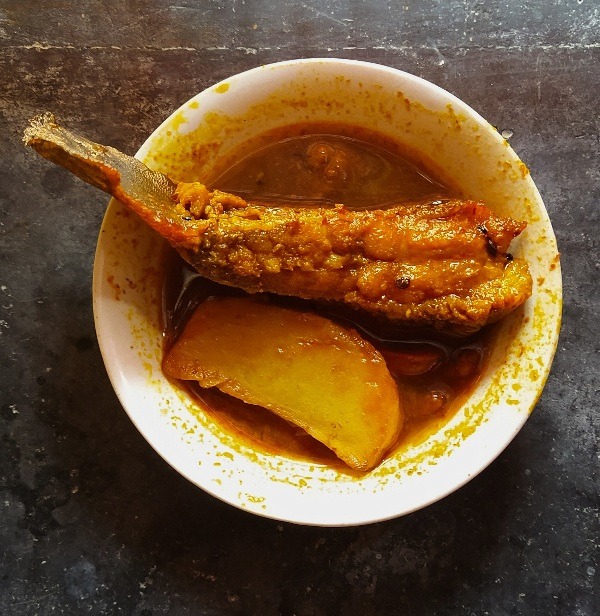

Pingback: Pabda Jhal - An Uncommon & Tastelicious Recipe from Bengal
Very well read and great information too but jhal you mentioned hot spicy and jhol is gravy right?
Traditionally, a jhol is light on the palette. However, there are scenarios where the veggies and fish is not tender or even over ripe. In such scenarios, to make the jhol savory, some green chili paste can be used. This information has been updated to the blog now.